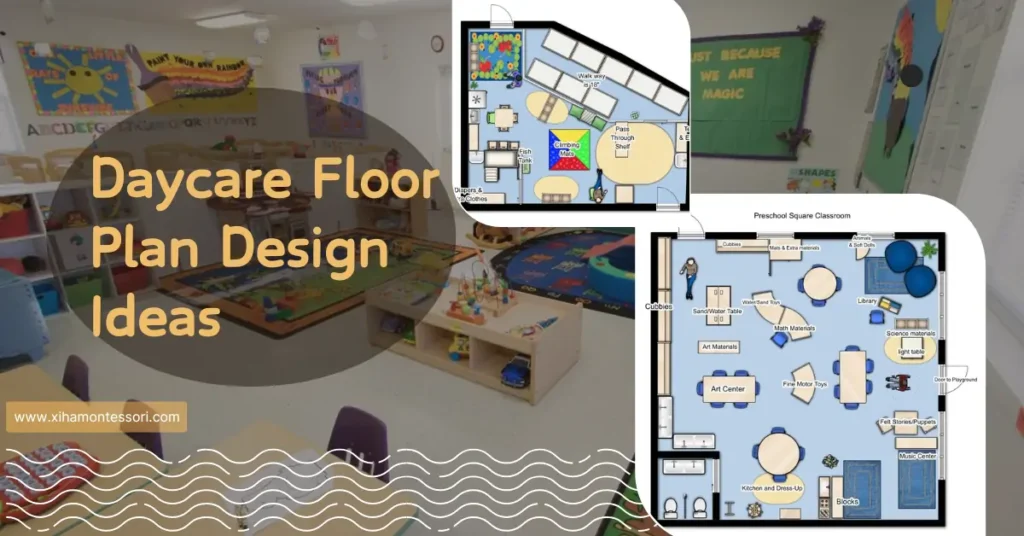The first task in opening a daycare center is designing a daycare floor plan. Suppose you are a childcare provider or an entrepreneur looking to venture into the daycare industry. In that case, this article will provide creative and practical daycare floor plan ideas to maximize your daycare center’s space, functionality, and safety.
Daycare floor plan are designed with a focus on flexibility, safety, and fostering creativity. From open spaces to dedicated learning areas, these innovative layouts improve traffic flow and enhance the learning experience for children. Ensuring a balance between fun and practicality, they cater to modern educational philosophies and real-world needs.
This article discusses innovative daycare floor plan designs and case images prioritizing safety, accessibility, and age-appropriate areas. We’ll also provide tips and considerations to help you design floor plans that maximize space and take your daycare to the next level based on the specific needs of your daycare center.
Daycare Floor Plan Design Goals
Once you understand the floor plan, you need to set clear goals for the daycare floor plan. These goals ensure that the environment is safe, stimulating and productive for both children and staff.
- Safety: Safety is paramount in any daycare floor plan design. Ensure that all areas are safe, which includes using childproof materials, ensuring clear lines of sight for supervision, and providing emergency exits. Safety measures must comply with local codes and standards.
- Classroom Learning Environment: The layout should encourage learning through play. This involves creating dedicated zones for arts and crafts, reading, and physical play. Each zone should be designed to stimulate children’s curiosity and learning.
- Age-Appropriate Activities: The design should cater to different age groups, providing suitable spaces for infants, toddlers, and preschoolers. Each area should be tailored to the developmental needs of the specific age group, with appropriate toys and equipment.
- Staff Satisfaction: Providing sufficient storage, creating staff rooms for breaks, and ensuring ease of movement throughout the space. The layout should support the staff’s workflow and reduce fatigue risk.
- Parent Satisfaction: Parental satisfaction is a key goal in daycare design. Providing a welcoming and safe environment reassures parents. Features such as secure entry systems, transparent classroom designs, and comfortable waiting areas contribute to a positive experience for parents.
Key Considerations for Daycare Floor Plan
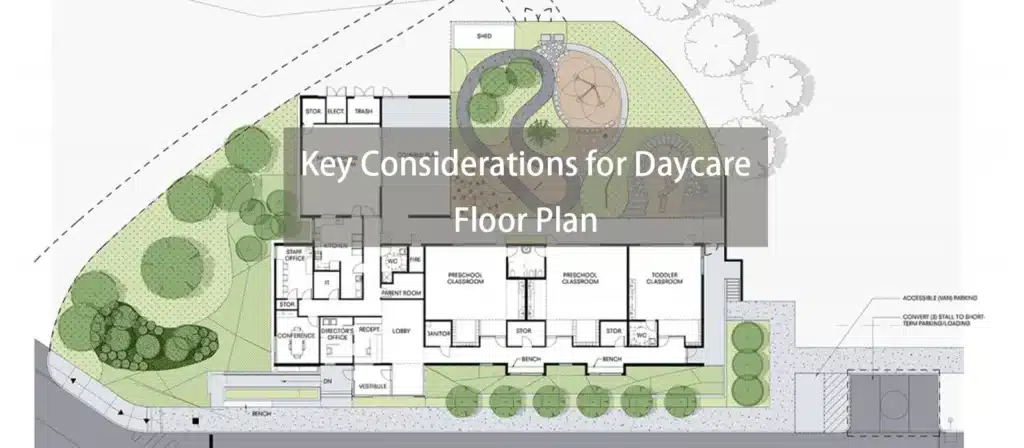
When designing a daycare floor plan, several key considerations must be taken into account. These include the children’s needs, the staff’s requirements, and the space’s practical aspects.
- Total number of children in classrooms
- Number of staff
- Total number of regular visitors
- Number of classrooms required
- Space required for staff
- Children’s needs
- Sufficient indoor space for activities
- Entrance/reception area
- Food preparation space
- Sufficient space for daycare outdoor equipment
- Storage space
- Set up different types of stations
- Behavior management space
- Amount of furniture and other materials
Daycare Floor Plan Layout Ideas
Innovative classroom layout ideas can transform a daycare center, making it a more effective and enjoyable space for children and staff. Here are some trending layout ideas.
Small Daycare Floor Plan
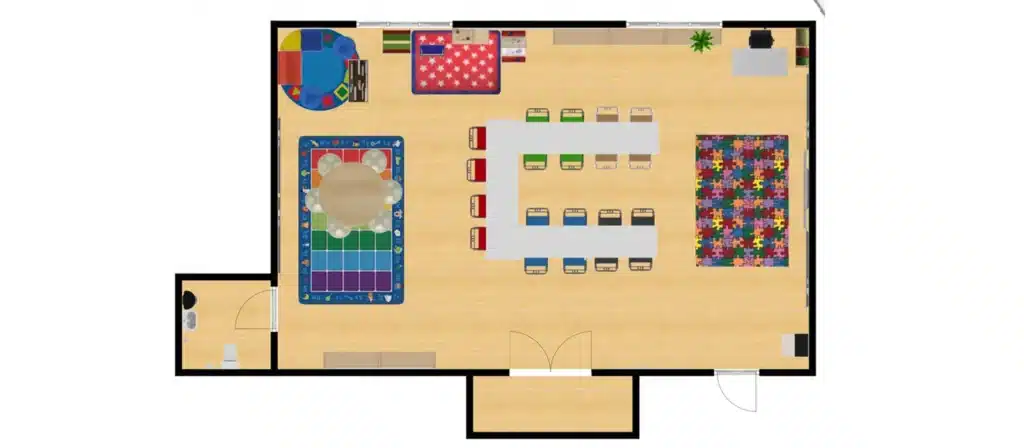
A small daycare floor plan needs to maximize every inch of space efficiently. This involves creating multipurpose areas that can serve various functions throughout the day. For instance, a play area can be converted into a nap zone or a dining area.
Incorporating vertical storage solutions helps save space while keeping the environment organized. Wall-mounted shelves and storage units can hold toys, books, and supplies without taking up valuable floor space.
Small daycares benefit from open floor plans that eliminate unnecessary walls and partitions. This layout ensures better supervision and flexibility in arranging activities. Utilizing lightweight, movable furniture allows for easy reconfiguration of the space.
Medium Daycare Floor Plan
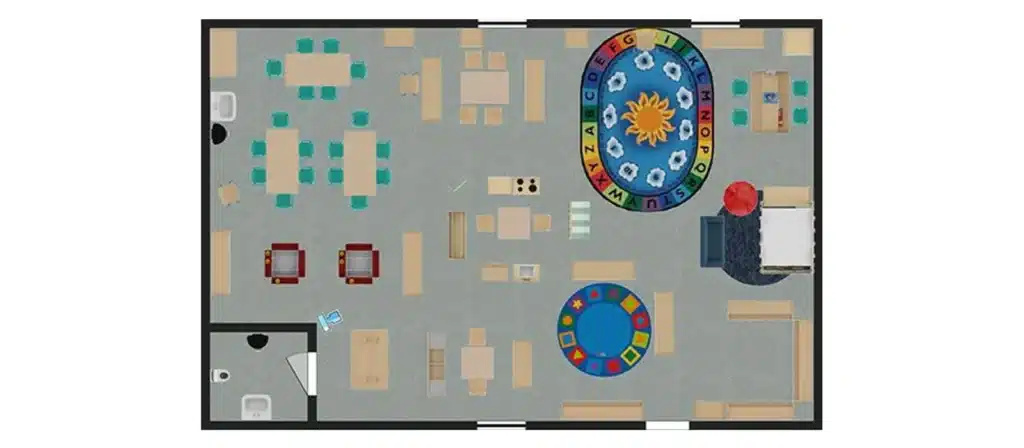
A medium daycare allows for more dedicated spaces for different activities. Separate zones for play, learning, dining, and napping can be established to provide structure and organization. These zones should be clearly defined yet flexible enough to accommodate various activities.
Technology integration, such as interactive whiteboards and tablets, can enrich the learning experience. These tools should be used in moderation and balanced with traditional play and learning methods to ensure a well-rounded educational environment.
Large Daycare Floor Plan
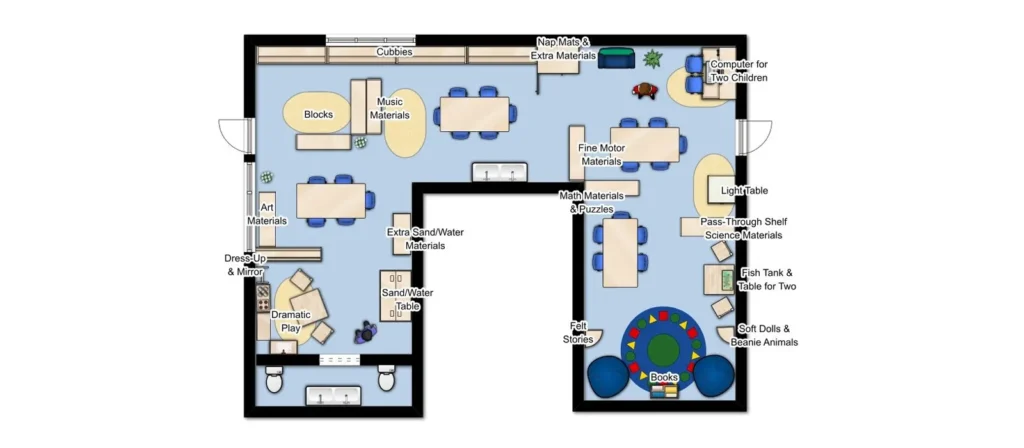
A large daycare offers the luxury of ample space, allowing for specialized rooms and extensive facilities. This includes dedicated classrooms for different age groups, a gym or physical activity area, an art studio, and a sensory room.
Large daycares can also incorporate extensive outdoor play areas with playground equipment, gardens, and shaded areas for outdoor learning. These spaces provide children with opportunities to explore and engage with nature.
Administrative areas, such as offices, meeting rooms, and staff lounges, can be included in the design. These spaces support the operational aspects of the daycare and provide a professional environment for staff.
Daycare Floor Plan Examples
Example 1: Simple and Functional Layout
- Entrance Area: Secure entrance with a reception desk and waiting area.
- Infant Room: Equipped with cribs, a changing station, and a nursing area.
- Toddler Room: Includes low tables, chairs, play area, and storage for toys.
- Preschool Room: Features activity centers, reading nook, and group seating.
- Multipurpose Room: Used for indoor play, assemblies, or large group activities.
- Outdoor Play Area: Fenced-in space with playground equipment, sandpit, and grassy area.
Example 2: Montessori-Inspired Layout
- Entrance and Foyer: Welcoming space with cubbies for children’s belongings.
- Classrooms: Divided by age groups with Montessori materials, low shelving, and child-sized furniture.
- Art and Craft Area: Dedicated space for creative activities with easy-to-clean surfaces.
- Reading Corner: Cozy nook with bookshelves, cushions, and bean bags.
- Outdoor Learning Environment: Garden area, natural play structures, and sensory paths.
Example 3: Reggio Emilia Approach
- Entrance Area: Inviting lobby with displays of children’s artwork and documentation of projects.
- Learning Studios: Large, flexible spaces that can be reconfigured for various activities.
- Atelier: Art studio with various materials and tools for exploration.
- Mini Kitchen: Child-sized kitchen for cooking and food preparation activities.
- Outdoor Classroom: Natural environment with plants, water play area, and construction zone.
Example 4: Modern and Spacious Layout
- Lobby and Reception: Secure entry with check-in system and comfortable seating.
- Activity Rooms: Separate rooms for different activities like music, dance, and STEM.
- Dining Area: Communal eating space with child-friendly tables and chairs.
- Napping Area: Quiet room with mats or cots for rest time.
- Parent-Teacher Conference Room: Private space for meetings and consultations.
Example 5: Small Urban Daycare
- Entryway: Small but secure entry with a bench and storage for shoes.
- Combined Play and Learning Space: Multi-use room with movable furniture and storage solutions.
- Quiet Corner: Space with soft mats and books for relaxation.
- Outdoor Space: Small rooftop or courtyard playground with safe equipment.
Below are examples of actual designed daycare floor plans.
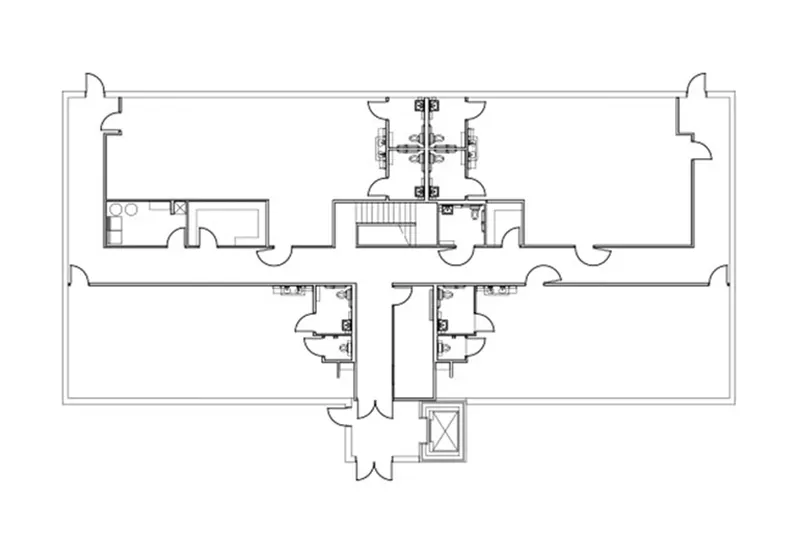
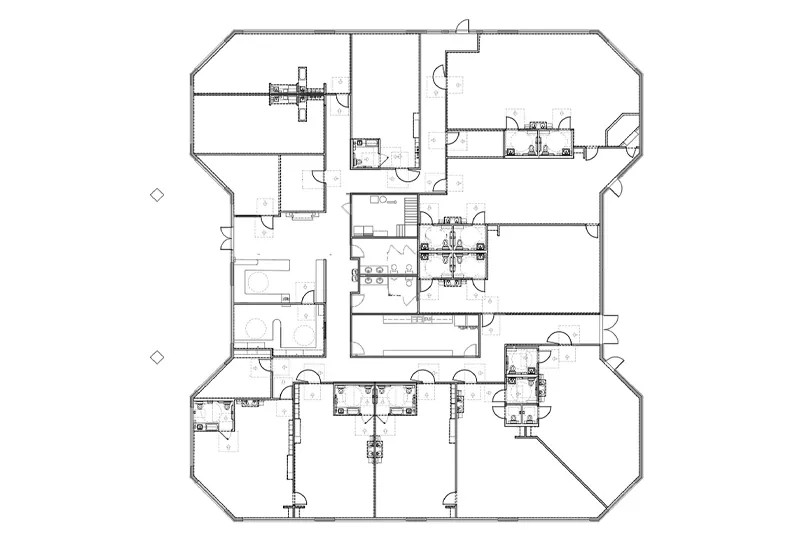
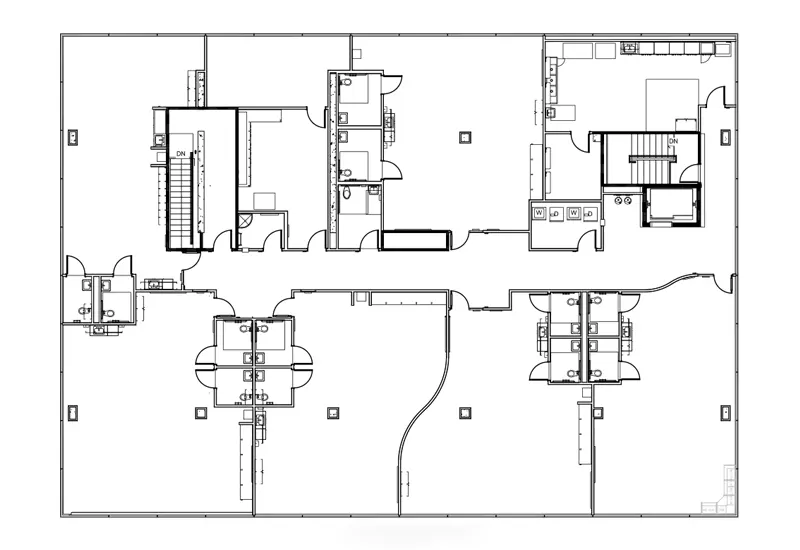
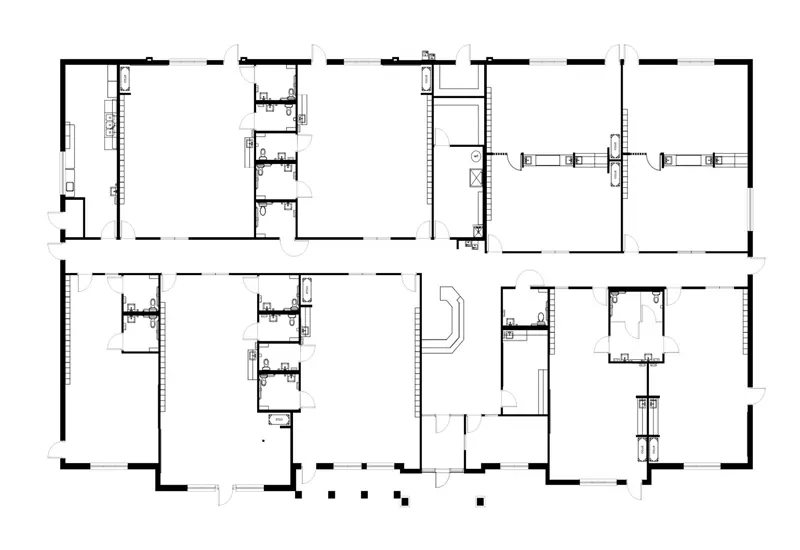
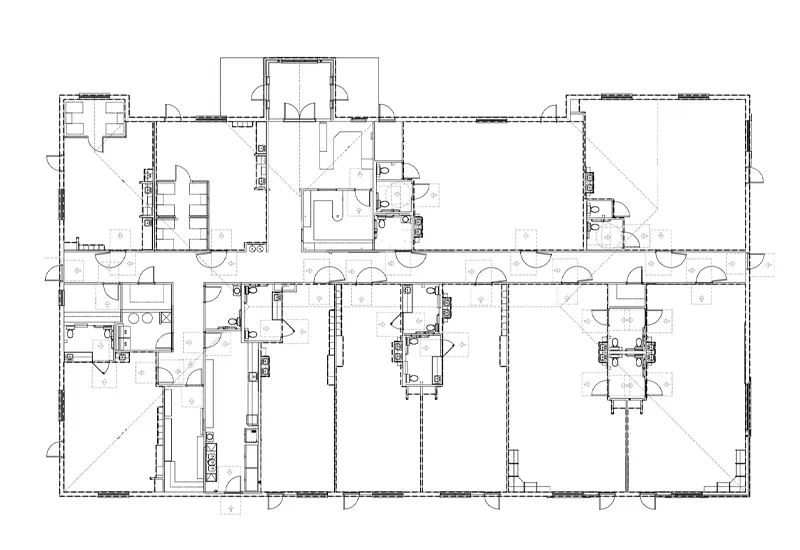
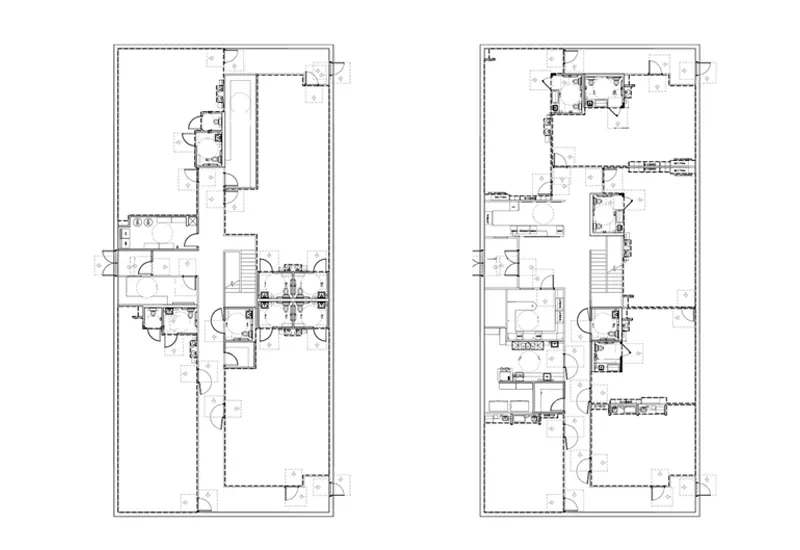
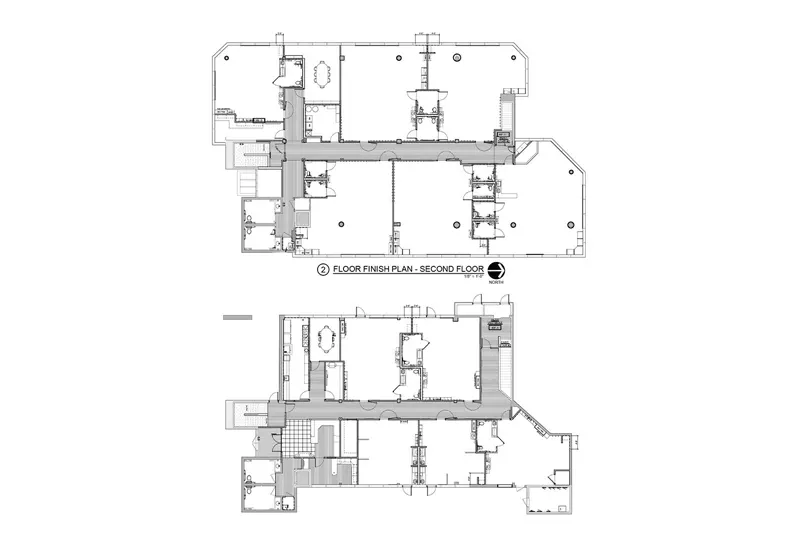
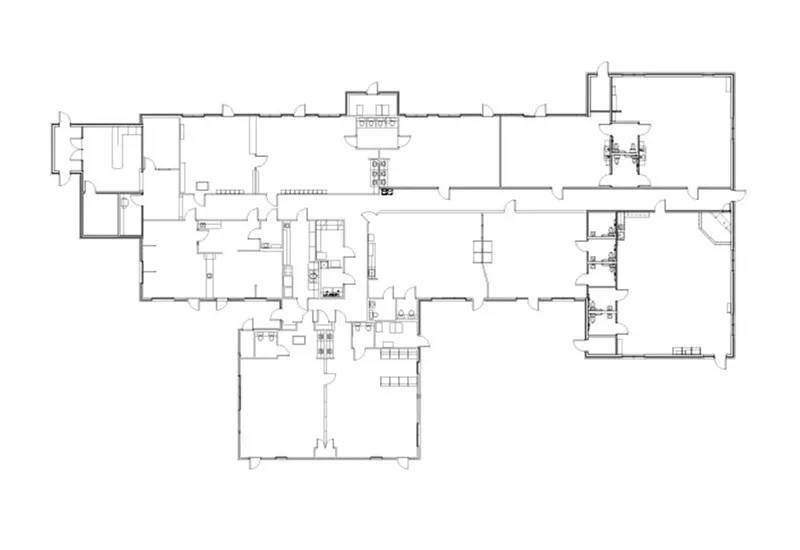
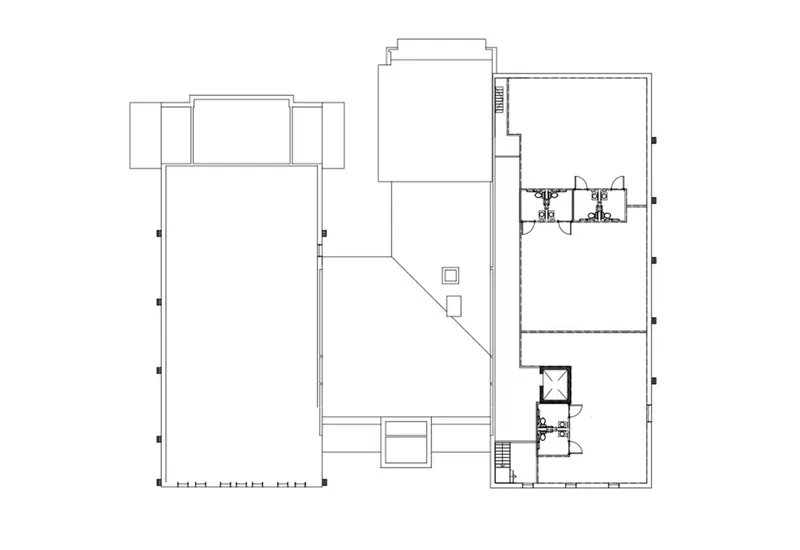
These examples can serve as a starting point for designing a daycare that meets the needs of children, parents and staff. Each program emphasizes safety, functionality and a stimulating environment that promotes child development.
If you would like more information about daycare floor plans, please contact Xihamontessori for more information.
Frequently Asked Questions
1. Common Mistakes When Designing Daycare Floor Plans?
- Lack of childproofing
- Limited outdoor space
- No child-centered design
- No additional nap area
2. How Much Space Do You Need per Child in a Daycare Center?
The space requirements per child in a daycare center can vary based on regulations and guidelines in different regions, but generally, there are some common standards to consider. Studies have shown that it is best to provide 45-55 square feet of space per child, and most experts agree that this room size is the best for activities. Here’s a breakdown of typical space requirements:
Indoor Space
- Infants (under 1 year old): Around 35 square feet per child.
- Toddlers (1-2 years old): Approximately 35-50 square feet per child.
- Preschoolers (2-5 years old): About 35-50 square feet per child.
- School-age children (5+ years old): Usually around 35-50 square feet per child.
Outdoor Space
- General Requirement: Typically, 75-100 square feet per child.
- Note: This can vary significantly depending on the location and specific regulations. Some areas may have different requirements for different age groups.
Special Considerations
- Sleeping Area for Infants: Separate space is often required, with specific guidelines for cribs and spacing between them. At least 2-3 feet of space around each crib to allow for easy movement and access.
- Activity Rooms: Areas for art, reading, and play should be designed to accommodate the specific needs of the age group.
- Eating Area: For a group of 20 children, you would need approximately 200-300 square feet, ensuring there is enough space for tables, chairs, and movement around the area.
- Bathrooms: Each toilet and sink should have at least 15-20 square feet to allow for comfortable use and supervision.
- Art area: Typically, you might allocate about 100-150 square feet for an art area, depending on the number of children and the type of activities planned.
- Reading corner: A cozy reading corner can be about 50-75 square feet, providing plenty of room for small bookshelves, cushions, and bean bags.
- Play Area: Depending on the size of the group, a play area may range from 150-300 square feet to allow for a variety of activities and equipment.
What Daycare Floor Plan Creators Are There?
There are several software tools and platforms available that can help you create daycare floor plans. Here are some popular options:
1. RoomSketcher

- Features: Easy-to-use interface, drag-and-drop functionality, 3D visualization, and customization options.
- Use: Ideal for creating detailed floor plans, including furniture and equipment placement.
2. SmartDraw

- Features: Comprehensive library of symbols, templates, and integration with other tools like Microsoft Office and Google Workspace.
- Use: Suitable for both beginners and professionals to create detailed and professional-looking floor plans.
3. SketchUp

- Features: 3D modeling capabilities, extensive library of pre-designed components, and powerful design tools.
- Use: Great for creating highly detailed and customizable 3D floor plans, but may have a steeper learning curve.
4. Floorplanner

- Features: User-friendly interface, extensive furniture library, and ability to create 2D and 3D floor plans.
- Use: Perfect for quickly designing and visualizing floor plans with various customization options.

At Xihamontessori, customized and comprehensive solutions are provided to meet the unique needs of daycare centers through specialized pre-school furniture manufacturing and supply services. Services include detailed floor plan design, classroom layout planning and customized furniture manufacturing to ensure a seamless and efficient process from concept to delivery. The one-stop shop simplifies the journey for the client, enabling them to realize their ideal classroom setup effortlessly.
6. HomeByMe
- Features: 3D rendering, realistic visualization, and community gallery for inspiration.
- Use: Ideal for creating and visualizing detailed floor plans and getting inspiration from other users’ designs.
7. Planner 5D

- Features: Intuitive drag-and-drop editor, 2D and 3D viewing modes, and large object library.
- Use: Suitable for creating attractive and detailed floor plans without needing advanced design skills.
Conclusion
Daycare floor plan combine safety, flexibility and creativity to create nurturing environments. By integrating open space, natural light, multi-functional areas and innovative safety features, these designs set a new standard for daycare centers. When we embrace these trends, we can ensure that our daycare centers provide the best possible environment for children to grow and develop.

